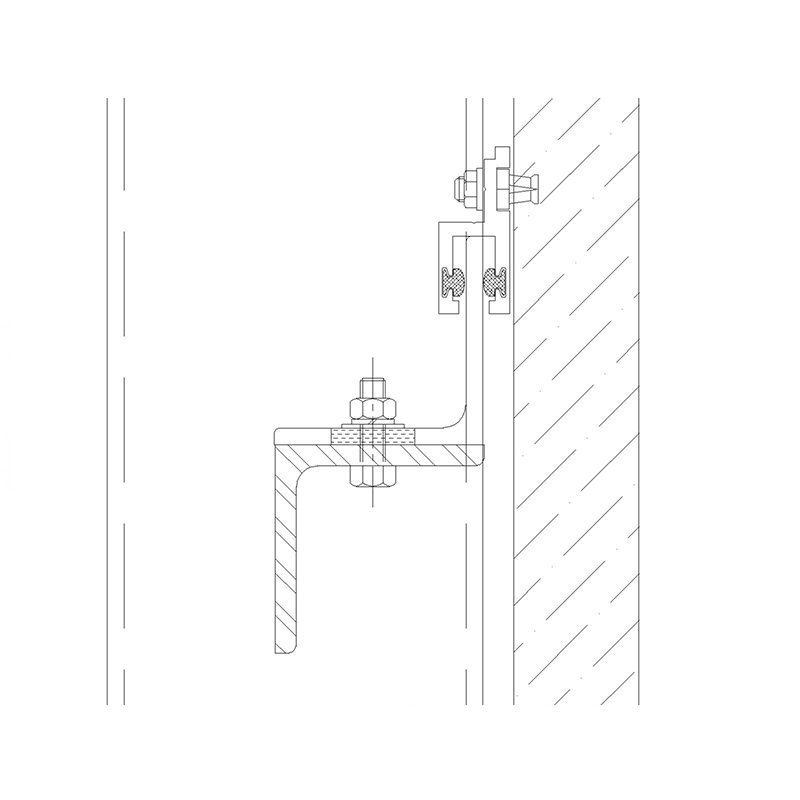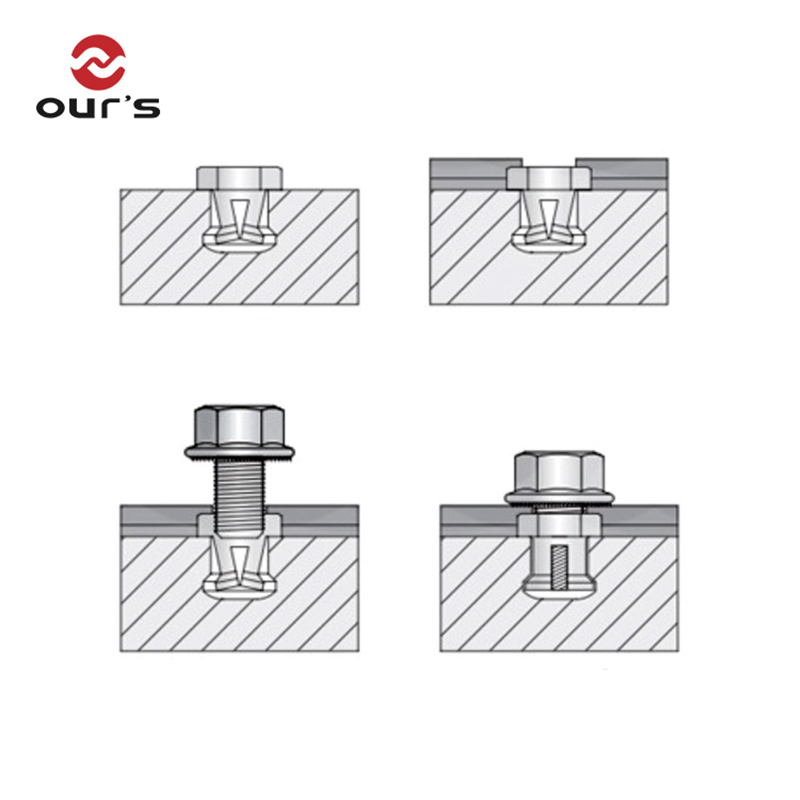-
 Tel:
Tel:+86-15996094444
-
 E-mail:
E-mail:
INQUIRE NOW

+86-15996094444

INQUIRE NOW


The screw in the undercut anchor
A screw-in undercut anchor is a type of mechanical fastener used to secure objects to concrete, masonry, or other solid materials. It consists of a threaded screw with a sleeve or expansion clip attached to one end. The screw is inserted into a pre-drilled hole in the material, and as it is tightened, the sleeve or clip expands, creating a secure anchoring point.
It's important to note that the specific terminology and product offerings may vary across manufacturers. If you are referring to a different type of "screw-in undercut anchor," I apologize for the confusion, and it would be helpful to provide further details or clarification.
Jiangsu Aozheng Metal Products Co., Ltd. Is China Undercut Anchor System Solution For Big Panel Suppliers and Wholesale Undercut Anchor System Solution For Big Panel Factory, We are a combination of industry and trade enterprises, is committed to the production of stainless steel, aluminum alloy, carbon steel and low alloy steel materials, architectural hardware, the use of advanced automated cutting, stamping, welding process, is a diversified and large-scale professional production base, raw materials molding and machining plant in one, based on high quality and high-end market, the annual production of various types of building materials 2000 tons, mainly exported to the United States, Germany, Italy, Britain, South Korea, Australia, Canada, the Middle East and dozens of countries, with customers including large construction companies, including well-known construction team, has become their building materials in the Middle East. With an annual production of more than 2000 tons of various building materials, mainly exported to dozens of countries such as the United States, Germany, Italy, the United Kingdom, South Korea, Australia, Canada, the Middle East, etc., and cooperating with large-scale construction companies, including the world's high-quality architectural team, we have become an important supplier of their building materials in China.
I. Anchoring Performance in Modern Facades The facade of a modern building is a highly engineered system designed to manage weather, energy, and safety. At the interface between the concrete structure...
READ MORESupporting national construction 2256-mu national-level nuclear power plant - [Building Exterior Wall Decoration Chapter]Thank you for your support! Choosing our anchor bolts All on-site tests are f...
READ MOREThe successful integration of **Cast In Anchor Channels** into modern concrete structures relies not only on their ultimate load-bearing capacity but also critically on their long-term durability. Whe...
READ MORE